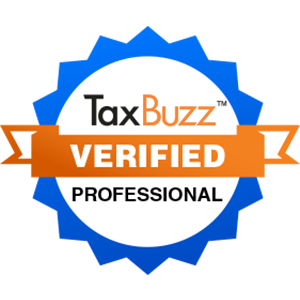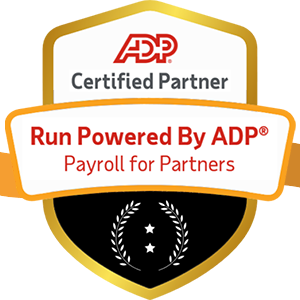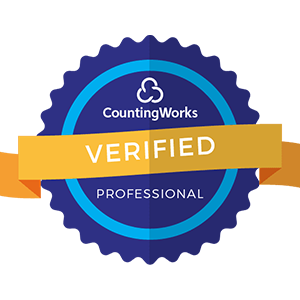
Introduction
In today's rapidly evolving business landscape, companies face the daunting challenge of building a workforce that can withstand the test of time. As technology advances at an unprecedented pace and global markets shift, organizations must adopt strategic approaches to ensure their teams are equipped with the skills, adaptability, and resilience needed for long-term success. This article delves into the key strategies that forward-thinking companies are implementing to future-proof their workforce and thrive in an ever-changing world.

One of the most crucial aspects of building a future-proof workforce is fostering a culture of continuous learning. In an era where skills quickly become obsolete, employees must be encouraged and empowered to constantly upgrade their knowledge and expertise. Companies that prioritize learning and development initiatives, such as training programs, mentorship opportunities, and access to educational resources, are better positioned to stay ahead of the curve.
"The illiterate of the 21st century will not be those who cannot read and write, but those who cannot learn, unlearn, and relearn." - Alvin Toffler
This powerful quote by futurist Alvin Toffler underscores the importance of continuous learning in the modern age. Organizations that fail to invest in their employees' growth and development risk falling behind their more adaptive competitors.
Another key strategy for building a future-proof workforce is embracing agility and flexibility. In a world where change is the only constant, companies must be able to pivot quickly in response to new challenges and opportunities. This requires a workforce that is comfortable with ambiguity, open to new ideas, and willing to take calculated risks.
To cultivate an agile and flexible workforce, organizations should:
By creating an environment that values adaptability and innovation, companies can attract and retain top talent who are eager to tackle the challenges of the future.

Diversity and inclusion are not just buzzwords; they are essential components of a future-proof workforce. Companies that prioritize diversity in their hiring practices and foster inclusive work environments are better equipped to navigate the complexities of a global marketplace. Diverse teams bring a wealth of perspectives, experiences, and ideas to the table, leading to more creative problem-solving and better decision-making.
"Diversity is being invited to the party. Inclusion is being asked to dance." - Verna Myers
This analogy by diversity advocate Verna Myers highlights the distinction between diversity and inclusion. It's not enough to simply hire a diverse workforce; companies must actively work to create a culture where all employees feel valued, respected, and empowered to contribute their unique talents.
While technical skills are undoubtedly important, the importance of soft skills cannot be overstated in building a future-proof workforce. As automation and artificial intelligence continue to transform the workplace, the demand for uniquely human skills such as emotional intelligence, critical thinking, and effective communication will only increase.
To develop these essential soft skills, companies can:
By investing in their employees' soft skills development, organizations can create a workforce that is not only technically proficient but also equipped with the interpersonal and leadership abilities needed to navigate complex challenges.

Finally, building a future-proof workforce requires a fundamental shift in mindset from fixed to growth. Coined by psychologist Carol Dweck, a growth mindset is the belief that abilities and intelligence can be developed through dedication and hard work. In contrast, a fixed mindset assumes that talents and abilities are innate and unchangeable.
"In a growth mindset, challenges are exciting rather than threatening. So rather than thinking, oh, I'm going to reveal my weaknesses, you say, wow, here's a chance to grow." - Carol Dweck
By cultivating a growth mindset throughout the organization, companies can create a workforce that embraces challenges, learns from failures, and continuously strives for improvement. This mindset is particularly valuable in the face of rapid change and uncertainty, as it enables employees to adapt and thrive in even the most challenging circumstances.
Building a future-proof workforce is no easy feat, but it is an essential task for any organization that wants to succeed in the long run. By prioritizing continuous learning, embracing agility and flexibility, investing in diversity and inclusion, developing soft skills, and cultivating a growth mindset, companies can create teams that are resilient, adaptable, and equipped to tackle the challenges of the future.
As the world continues to evolve at a breakneck pace, the companies that prioritize these strategies will be the ones that not only survive but thrive in the years to come. By investing in their most valuable asset - their people - organizations can build a workforce that is truly future-proof and ready to take on whatever the future may hold.


